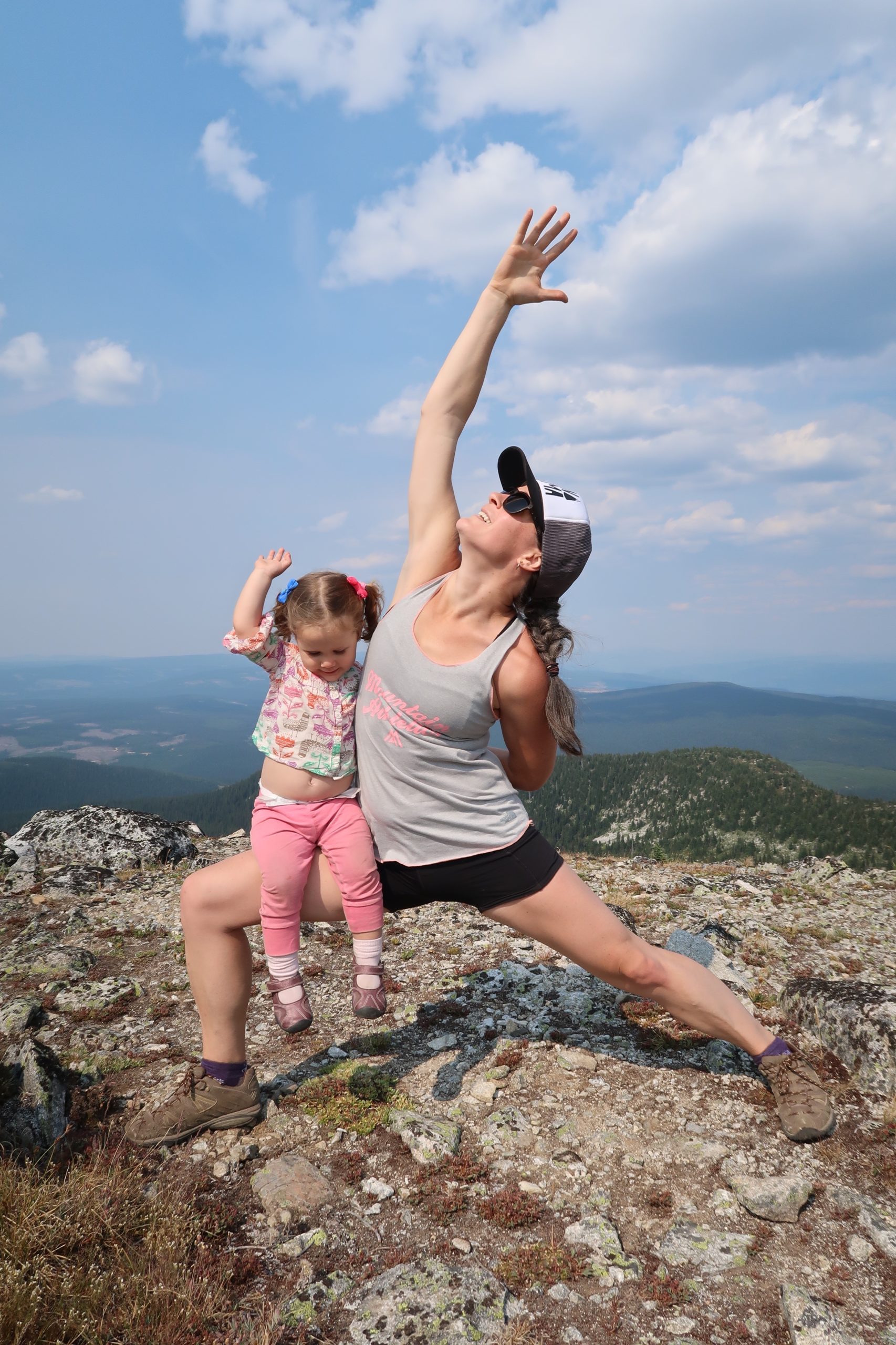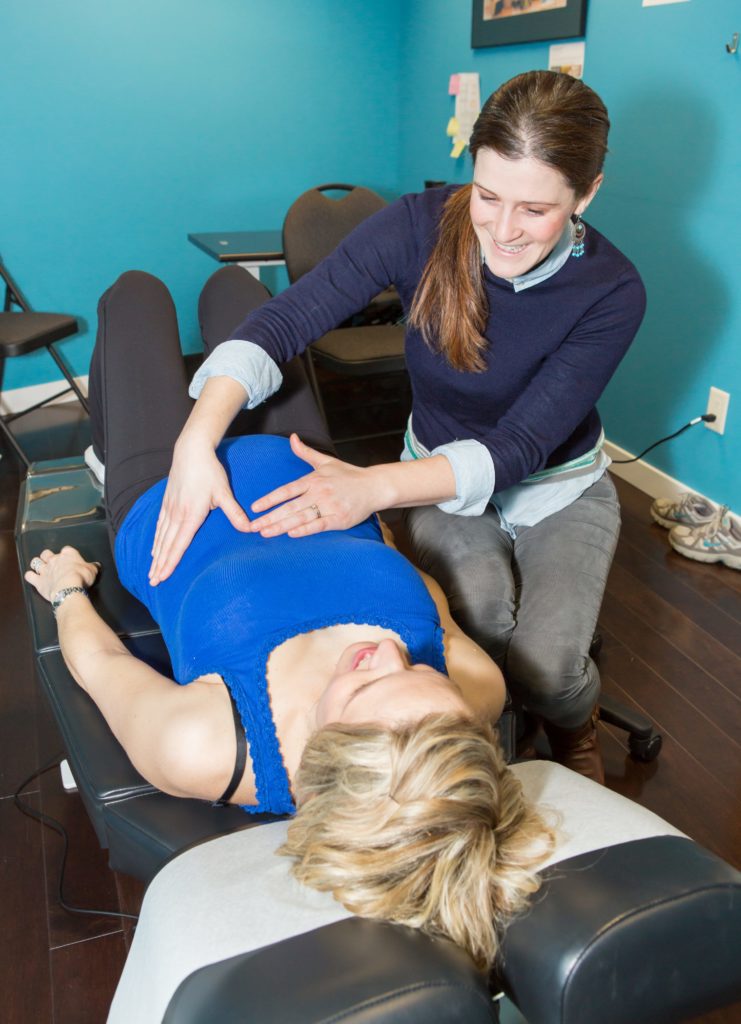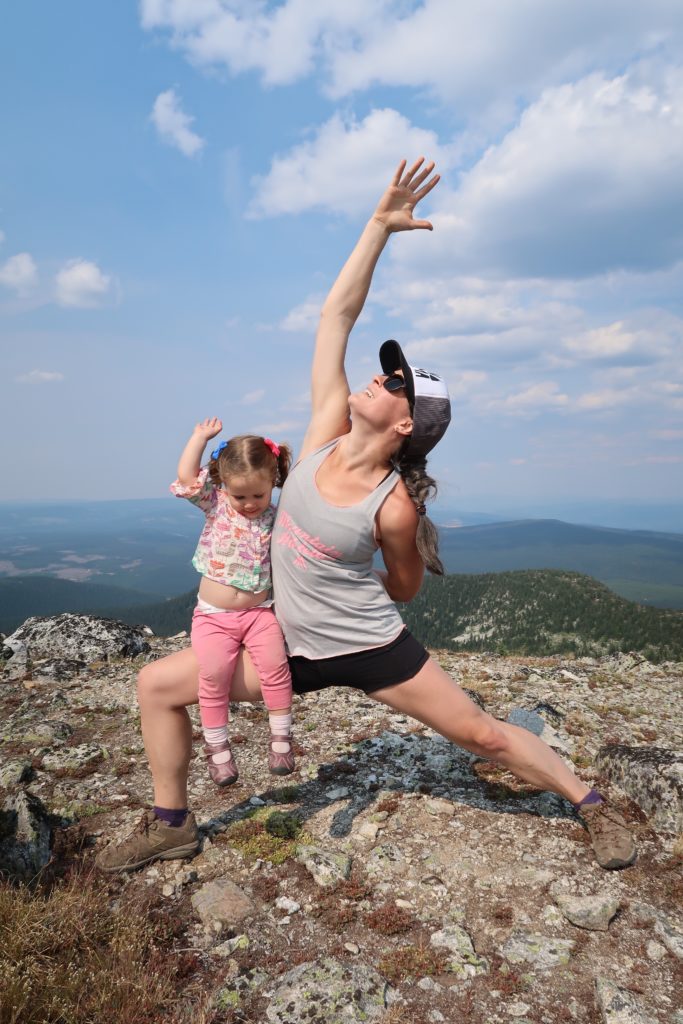A More Complete Approach to Diastasis Recti Rehab
Our practitioners who include postnatal rehab in their whole-mama care (RMT Hilary and chiros Anna Marie and Amanda) are listening in to the Birth Healing Summit being put on by the Institute for Birth Healing this week. I just finished listening to my first talk in the series and I had to share it with you!
Jenny Burrell did an absolutely fabulous job of reviewing an incredibly well-rounded approach to diastasis recti with 100 immediate takeaways. I am going to briefly give you an overview, with all of the props to Jenny.
1. Breath Right
Step one is to breath. You just had a baby. Your whole world just changed, physically and existentially and in every way. Part of those physical changes was a dramatic change in your core function and breathing dynamics. Your diaphragm did not have a full range of motion when there was a growing little person in the way. You need to retrain it. Proper breathing dynamics are important for stress response, core function, oxygen delivery, and soft tissue glide.
Your belly should move while you are breathing, but don’t exaggerate the belly movement (for now). Focus on rib excursion and your whole body expanding and contracting.
2. Hands-On Soft Tissue Therapy
Your layers tissues surrounding your core were just maxed out the extreme. They were stretched and helped in that extended position for multiple months. They’re stuck. We need to unglue the layers of fascial and muscular tissues so that they can slide and glide along each other. Myofascial release and soft tissue therapy (by skilled hands) can unlock this important glide surprisingly rapidly. This is important for you to be able to retrain full breathing expansion/relaxation, so it plays into facilitating Step 1 above. Calming down overactive or hypertonic muscles (like, potentially, the internal and external obliques) will relieve a tremendous amount of tension that is PULLING along the linea alba (which is exaggerating your diastasis recti). As an added note, there may be additional soft tissue issues that need to be addressed along the “back” of your core (after all, your core is a full cylinder), as well as throughout the rest of your body. Section scars will require a more direct approach as well.
3. NOW you can Exercise
That’s right; exercise comes last.
There is such a wonderful movement in mama health focusing on teaching women how to exercise and encouraging them to be active after pregnancy. This is great, but it does not come first.
You cannot strengthen or load tissues that you cannot connect with or control.
The primary issue in diastasis recti is in the realm of biotensegrity; it’s a tissue issue more than a training problem. Postnatal exercise is still really important though! There are so many resources out there teaching moms how to exercise postnatal, so I will not belabour that here. I would encourage you to connect one-on-one with a trainer or with a baby-mama fitness group in your community so you have the benefit of guidance and social support. If you are not sure if you are doing it right, find a physical therapist, chiropractor, or massage therapist in your community to does postnatal rehab specifically.
Want to minimize your risk and focus on PREVENTING diastasis recti? I like your thinking. Here are some tips.
- Get your breathing and your core in order. Part of your preconception preparations should include addressing any physical issues and training your breathing and core for the fun to come.
- Don’t gain excess weight. I don’t want you to focus obsessively on weight, but increased weight gain and a larger belly are going to increase the stretch on your tissues. Eat healthily and stay active during pregnancy (which is also a lot easier if you start BEFORE you get pregnant).
- Don’t wait too long. An increase in age has a potential increased risk of developing diastasis recti. I believe this has more to do with deconditioning than it does with actual age, but still something to consider.
- Take your time during labour. Excessive bearing down and distress during labour will exaggerate the strain and separation of the abdomen. Utilizing Webster Technique to support infant position will help you prepare for a “less complicated” labour experience.
One other thing that Jenny said that really stood out was “Save Yourself”. Her message here was to not wait for someone else to notice that you are suffering or to ask if you need help. If something isn’t right, if you know there is a problem, save yourself. You can (and should) take the first step toward taking care of yourself. Not only is this a good habit for you to practice in self-care, but it is an important concept to model for your children as well.
You postnatal care team might include a physical therapist (like one who specializes in pelvic floor) and/or a chiropractor to help guide you through rehab and reintegration, a massage therapist to support soft tissue function and healing, a naturopathic doctor or clinical nutritionist to help keep your hormones in balance and your energy stable, a trainer to work out with, a psychologist or clinical counselor to help your family adjust to the new dynamic, and a social mommy group for emotional support. It really does take a village! Do your research before you choose your practitioner; make sure they work with moms in your situation routinely and make sure you feel connected to their approach and their philosophy.
In Kelowna and not sure where to start? I would recommend booking in with our massage therapist Hilary Krumm. Her practice focuses on prenatal and postnatal women’s health. She can get you started on cueing breathing, improving tissue glide and control, and guiding you along the steps to follow from there.




